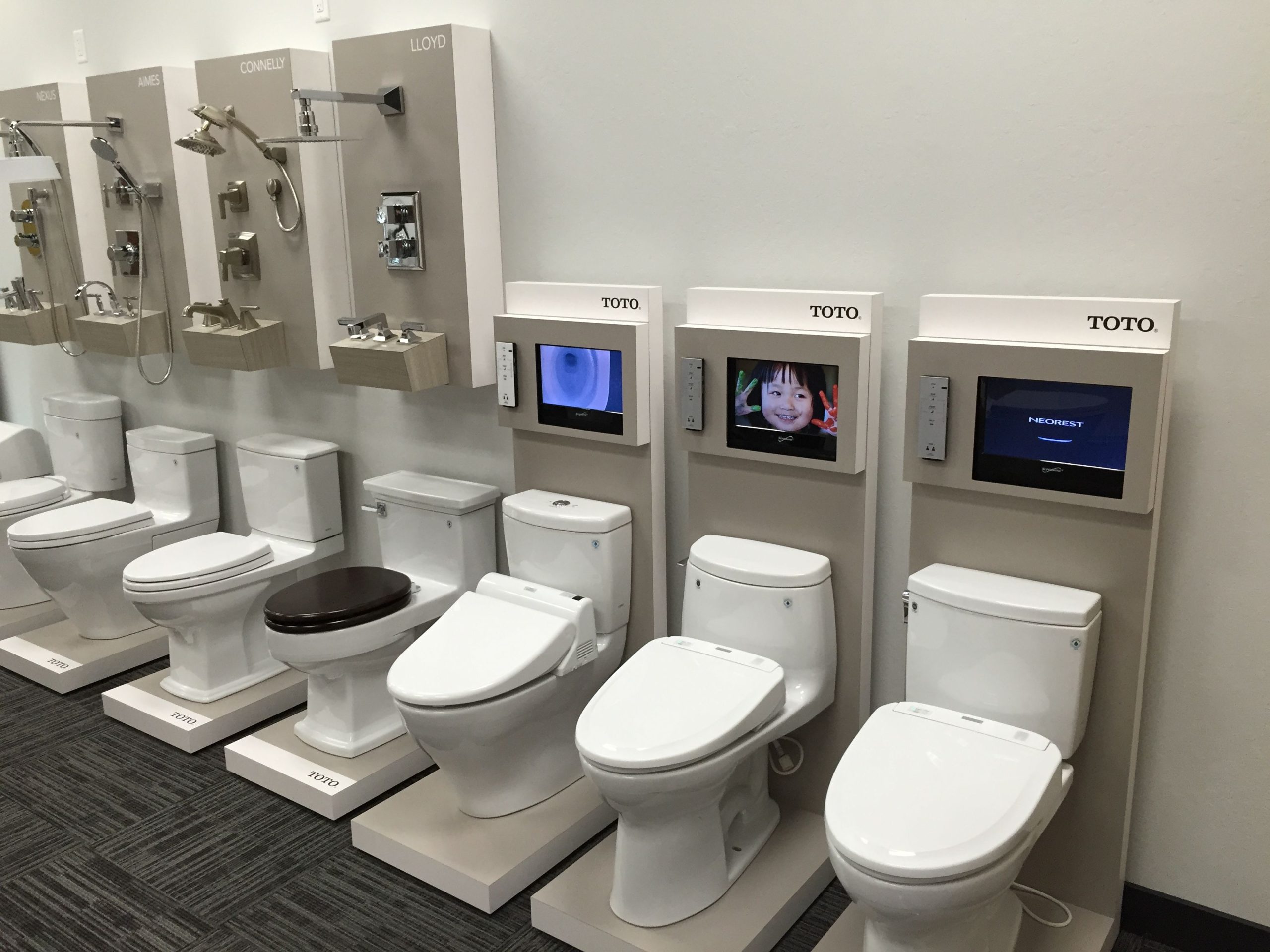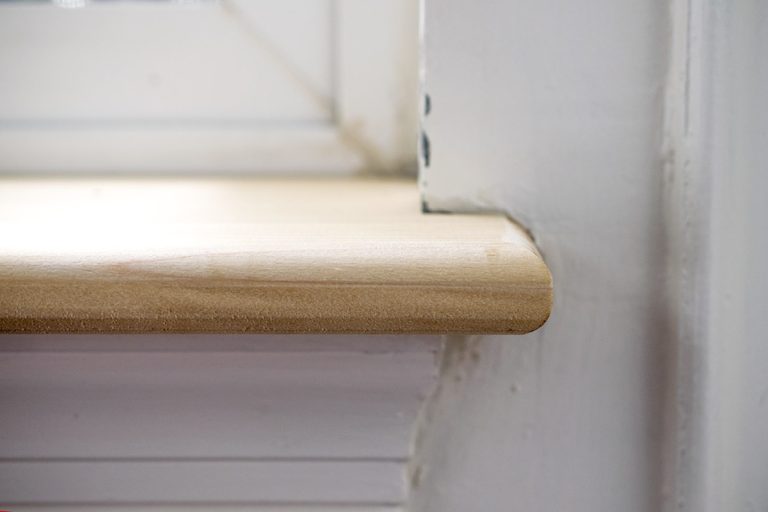
Clogged toilets are a common household inconvenience, and while a plunger is typically the go-to tool for resolving this issue, explore alternatives to unclog a toilet without a plunger. These methods employ common household items and a bit of ingenuity to get your toilet back in working order.
1. Hot Water and Dish Soap
One of the simplest and most effective methods is using hot water and dish soap on how to unclog a toilet without a plunger. Start by adding a generous amount of dish soap to the toilet bowl. The soap helps to break down the clog and lubricate the pipes. Next, heat a bucket of water until it’s hot but not boiling, as boiling water can crack porcelain. Pour the hot water into the toilet from waist height to create pressure that helps dislodge the clog. Allow the mixture to sit for about 15 minutes before attempting to flush. This method is often effective for minor clogs.
2. Baking Soda and Vinegar
Baking soda and vinegar are another powerful combination for unclogging toilets. Pour one cup of baking soda into the toilet bowl, followed by one cup of vinegar. The mixture will fizz and bubble, breaking down the clog. Let it sit for at least 30 minutes, or overnight if the clog is stubborn. After the mixture has had time to work, pour hot water into the bowl to flush out the remaining residue.

3. A Wire Coat Hanger
If the clog is near the toilet’s opening, a wire coat hanger can be a handy tool. Unwind the coat hanger and straighten it out, then wrap one end with a cloth to avoid scratching the porcelain. Carefully insert the hanger into the toilet and gently push and twist it to break up the clog. This method can be particularly useful for dislodging items that are stuck close to the surface.
4. A Toilet Brush
In a pinch, a toilet brush can serve as an improvised plunger. Insert the brush into the toilet bowl and move it up and down in a plunging motion. This can help to create enough pressure to dislodge the clog, especially if it’s not too severe.
5. Enzyme Waste Removal Products
For a more chemical approach, enzyme waste removal products are designed to break down organic materials in plumbing systems. These products are available at most hardware stores and are safe for use in toilets. Follow the manufacturer’s instructions for the best results.
While these methods can be effective, it’s important to remember to be patient and avoid using too much force, which can damage your toilet. If the clog persists after trying these alternatives, it might be time to call a professional plumber.







